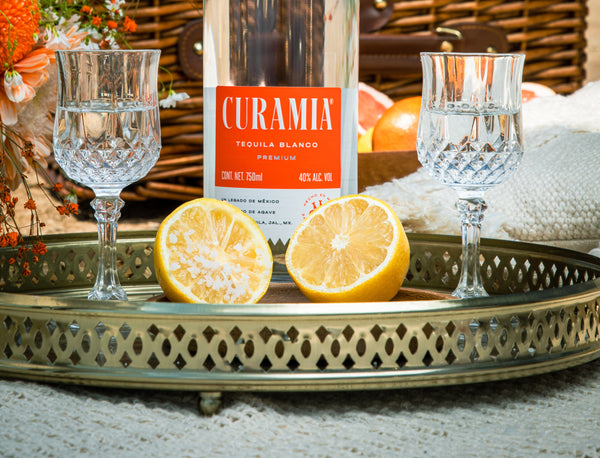Tequila's deep-rooted cultural significance and strict production guidelines tether it firmly to its Mexican heritage. Dive into the reasons—both legal and historical—behind why genuine tequila can only hail from specific regions of Mexico, and learn what distinguishes it from other agave-based spirits worldwide.
There are no rules when it comes to enjoying tequila, but there are when it comes to making it. The number one rule? Tequila can only be made in Mexico.
Tequila production was started by the Aztecs between 1000 B.C. and 200 A.D. when they discovered fermented agave could be enjoyed as a drink. Though modern tequila as we know it wouldn’t be enjoyed by the masses until commercial distillation began in 1758, it wasn’t until 1974 that the Mexican government decided to take the reigns on tequila ownership.
Tequila was then put under strict regulations, allowing Mexico to protect the culture and quality of tequila enjoyed worldwide. Did that mean Mexico would make rules that tequila can only be made in Mexico? That’s precisely what it meant!
To find out how Mexico regulates tequila today and what tequila not made in Mexico is called, keep reading!
Where is tequila from?
Genuine, authentic tequila must come from one of Mexico's authorized tequila regions: Guanajuato, Jalisco, Michoacan, Nayarit, or Tamaulipas. Most tequilas come from the Mexican state of Jalisco, where the first large-scale distillery existed in a city aptly named Tequila, Jalisco.
Why can tequila only be made in certain tequila regions?
After hundreds of years of tequila production in Mexico, the Mexican government declared ownership of the term “tequila” and its intellectual property in 1974. This made it a legal requirement that tequila can only be made in Mexico, specifically in one of the five designated Mexican tequila regions.
The Mexican government established the CRT (The Tequila Regulatory Council) to enforce tequila regulations and protect the culture and quality of tequila as we know it today. In addition to governing where tequila is made, the CRT also governs certain aspects of how it’s made. According to the CRT, for a spirit to be recognized as tequila, it must:
- Contain at least 51% Blue Weber Agave
- Be made from 100% natural ingredients (i.e. no additives)
- Contain a minimum of 38% alcohol
What is tequila not made in Mexico called?
If tequila is produced outside of Mexico, such as in the United States or another country, it must be called “mezcal” or an “agave spirit.”
What is the difference between tequila and mezcal?
Tequila and mezcal are made from agave, and tequila is technically a type of mezcal. However, tequila can only be made from Blue Weber Agave, and tequila can only be made in Mexico, specifically in one of the five tequila regions.
Is it illegal to make tequila in other countries?
No, it’s not illegal to make it per se. However, it’s not considered tequila if it is not made in one of Mexico's five authorized tequila regions. It is, however, illegal for a tequila to be made outside of a tequila region in Mexico and marketed as a tequila.
Where is Curamia Tequila made?
Curamia Tequila is authentically made in Jalisco, Mexico. With zero additives, our distillation process involves steaming, not traditional baking, which creates a smoother taste that uses less water. Our water pools in underground wells beneath lowland agave fields and acquires a unique flavor profile that sets Curamia apart from other tequilas. You can taste the difference in each of our tequila expressions.
Host a tasting party to sample what authentic Jalisco tequila tastes like! Order bottles of Curamia Tequila online, or find Curamia in stores near you!




